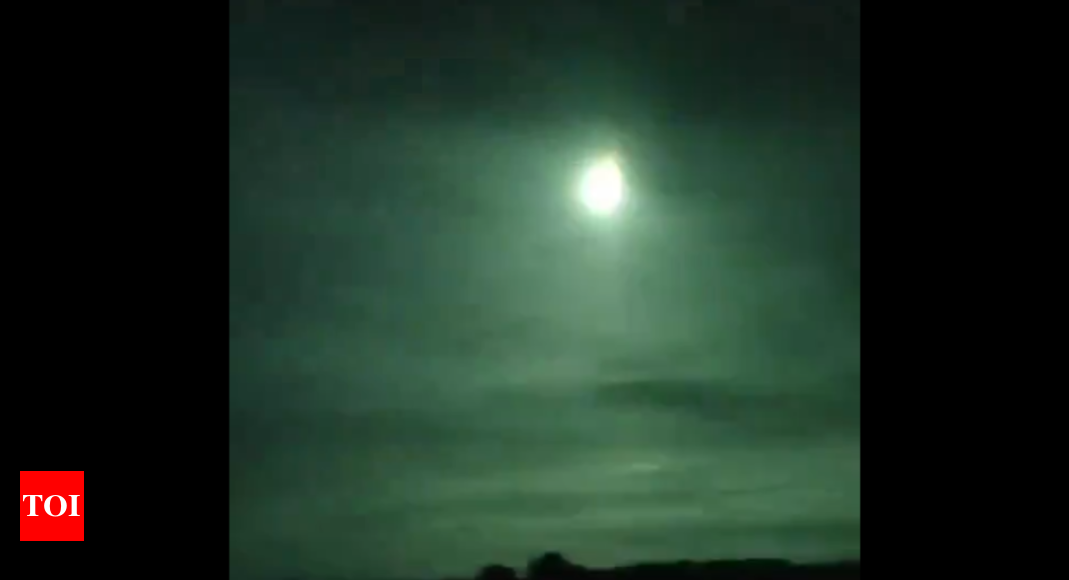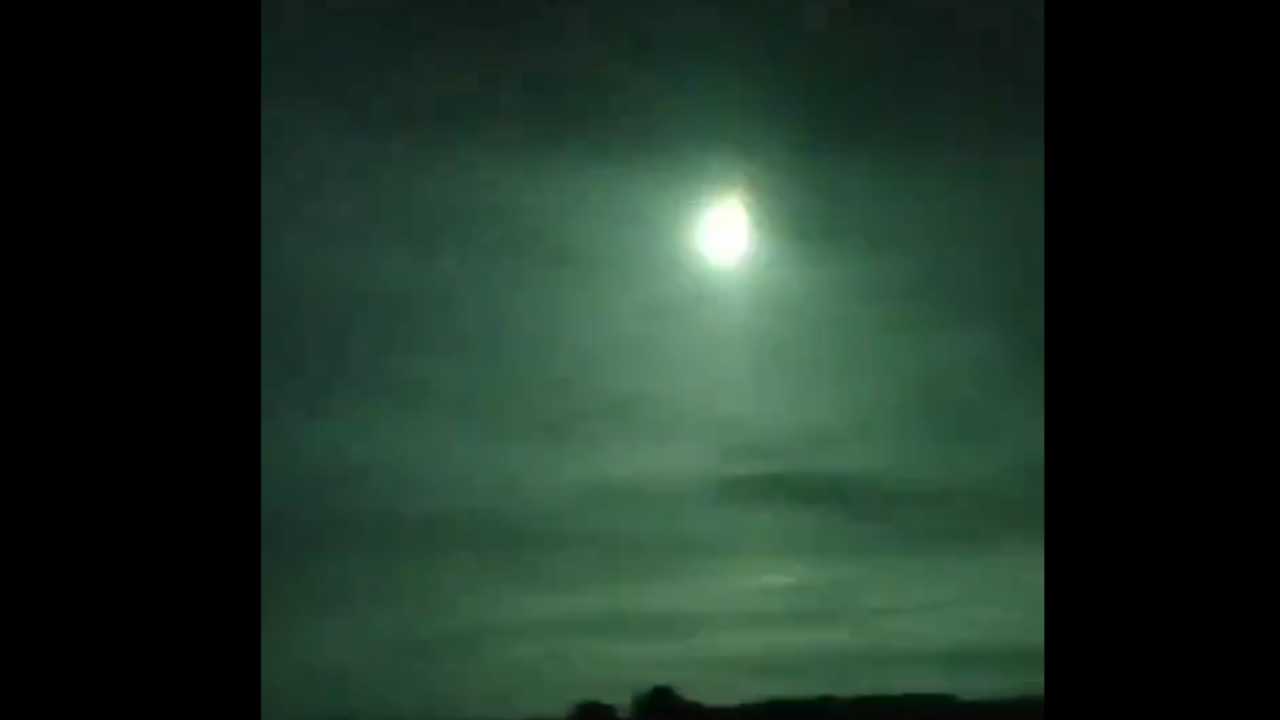Video circulating online shows a small asteroid named 2024 RW1, measuring approximately 1 meter in size, disintegrated harmlessly in Earth‘s atmosphere on Wednesday, as per Nasa reports. The asteroid, discovered by astronomers in Arizona, broke apart over the coast of the Philippines just hours after its detection.
This space rock is only the ninth to have been spotted before its impacta and asteroids around this size hurtle toward Earth about every two weeks without posing any danger.” The Catalina Sky Survey, operated by the University of Arizona and funded by Nasa, was responsible for the discovery of the asteroid.
The European Space Agency (ESA) had also been tracking the object, initially identified as CAQTDL2. The asteroid entered the atmosphere near Luzon Island in the Philippines at 12.39 pm.
Despite the asteroid’s small size, which made it likely to burn up in the atmosphere, its arrival was significant as it was one of only nine such events ever observed before impact. Asteroids of similar dimensions enter Earth’s atmosphere approximately every two weeks without presenting any substantial threat.
Nasa had previously tweeted about the asteroid’s expected entry into the atmosphere around 12:40 ET (10:10 pm IST), anticipating the creation of a fireball off the east coast of the northern Philippines. However, no further updates or follow-up reports have been provided since then.
Although observers in the affected region were expected to witness a bright fireball as the asteroid disintegrated, the view was partially obstructed by Typhoon Yagi, which has been affecting the northern Philippines. The storm, which intensified to a Category 3 hurricane, created significant cloud cover, complicating observations of the fireball.
While the asteroid was too small to pose any danger, its entry provided a valuable opportunity for scientific observation and study. The event highlights the capability of current tracking systems to detect and monitor near-Earth objects, even those as small as 1 meter in diameter.
This space rock is only the ninth to have been spotted before its impacta and asteroids around this size hurtle toward Earth about every two weeks without posing any danger.” The Catalina Sky Survey, operated by the University of Arizona and funded by Nasa, was responsible for the discovery of the asteroid.
The European Space Agency (ESA) had also been tracking the object, initially identified as CAQTDL2. The asteroid entered the atmosphere near Luzon Island in the Philippines at 12.39 pm.
Despite the asteroid’s small size, which made it likely to burn up in the atmosphere, its arrival was significant as it was one of only nine such events ever observed before impact. Asteroids of similar dimensions enter Earth’s atmosphere approximately every two weeks without presenting any substantial threat.
Nasa had previously tweeted about the asteroid’s expected entry into the atmosphere around 12:40 ET (10:10 pm IST), anticipating the creation of a fireball off the east coast of the northern Philippines. However, no further updates or follow-up reports have been provided since then.
Although observers in the affected region were expected to witness a bright fireball as the asteroid disintegrated, the view was partially obstructed by Typhoon Yagi, which has been affecting the northern Philippines. The storm, which intensified to a Category 3 hurricane, created significant cloud cover, complicating observations of the fireball.
While the asteroid was too small to pose any danger, its entry provided a valuable opportunity for scientific observation and study. The event highlights the capability of current tracking systems to detect and monitor near-Earth objects, even those as small as 1 meter in diameter.

